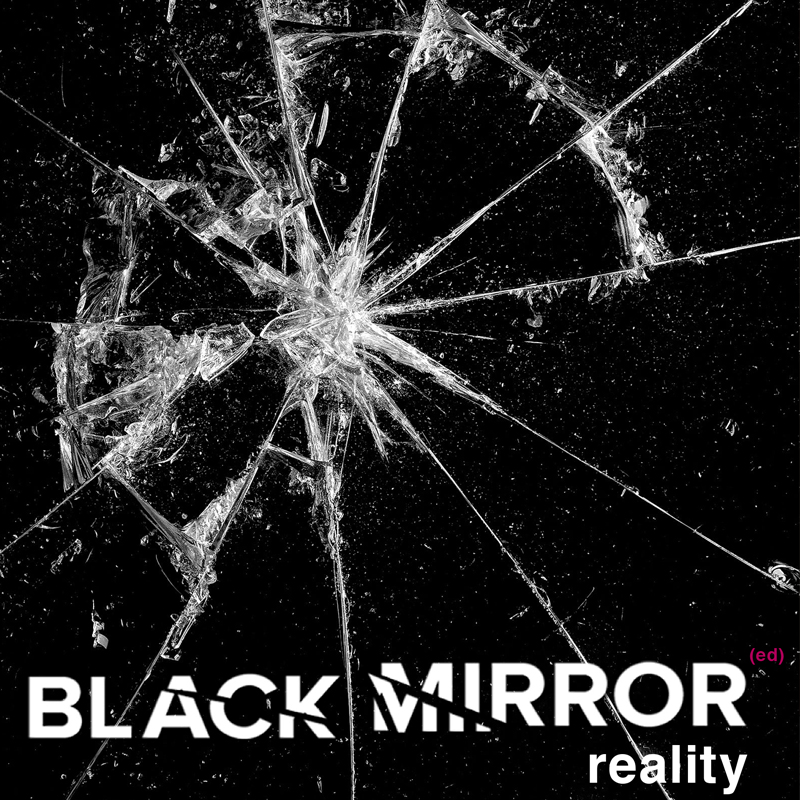

In the modern landscape, the intersection of physical and digital spaces has become a defining feature of our existence, profoundly influencing the way we perceive, interact with, and navigate the world around us. This research focuses on the relationship between physical and digital space, exploring the dynamic interaction and how it shapes the way we experience and exist within the physical realm. We examine how physical space is undergoing a transformation through digital integration, blurring the once distinct boundaries between the tangible and the digital.
Furthermore, we explore the role of interface medium and how it shapes users’ experience. Taking a look back at their evolution we find that from punched cards to graphical user interfaces (GUIs) and virtual and augmented reality systems there is a direction for more organic forms of interaction with digital information, thus creating the conditions to make users’ experience more natural and seamless.
In light of the episodes "Nosedive", "USS Callister" and "Playtest", from the anthology series Black Mirror by Charlie Brooker and Annabel Jones, we explore the different ways in which these narratives portray the relationship and interaction between physical and digital spaces, and how these spaces converge and merge, influence and are influenced. Through these analyses, we seek to identify how digital information shapes our perception of space and redefines human interactions. How physical space can potentially be transformed through the infusion of digital elements and how the emergence of ever smaller interfaces not only redefines our understanding of space, architecture and geography, but also opens the way for new ways of human engagement.
Supervisors: Papakonstantinou Giorgos, Bourdakis Vassilis
Reference Number: 1256
This research subject explores the concept of roads as dynamic entities with distinct identities, shaped by the imprints of past journeys. Through two condensed road trips along the E75 highway, dual roles are adopted as travelers and explorers, documenting selected locations based on personal observations through notes taken while traversing the highway. The research decodes the perception of roads, emphasizing the loss of ritualistic aspects in contemporary travel experiences.
The narrative delves into the Old National Road, examining its impact on surrounding settlements and questioning the fate of these places after the deviation of the new road. A nostalgia is expressed for road trips, highlighting the practice of driving as a means of exploration and corporal autonomy. The creation of a kilometric archive mapped on memory reinforces the idea of the road as a historical construct.
The conclusion composes the findings, revealing a specific identity for each road. It is argued that roads influence the lives of the places they traverse, serving as arteries for both settlements and individual clusters of life. The exploration process becomes a witness to the transformative power of road imprints, comparing the old and new road and suggesting that roads are spectral constructs. The lack of programmatic and design considerations in redirecting the new road accentuates the critique on prioritizing capitalist interests over a genuine connection to our surroundings.
In essence, the paper advocates for a subjective redefinition of roads through a combination of reflective exploration, storytelling, and the creation of a dual-temporal diary. The road is recognized as a complex entity, challenging easy categorization into its positive or negative attributes. Ultimately, the project calls for a reconsideration of the planning and design of new highways, emphasizing a mindful approach that preserves the connection between roads and the places they traverse.
Supervisor: Gavrilou Evelyn
Reference Number: 1267
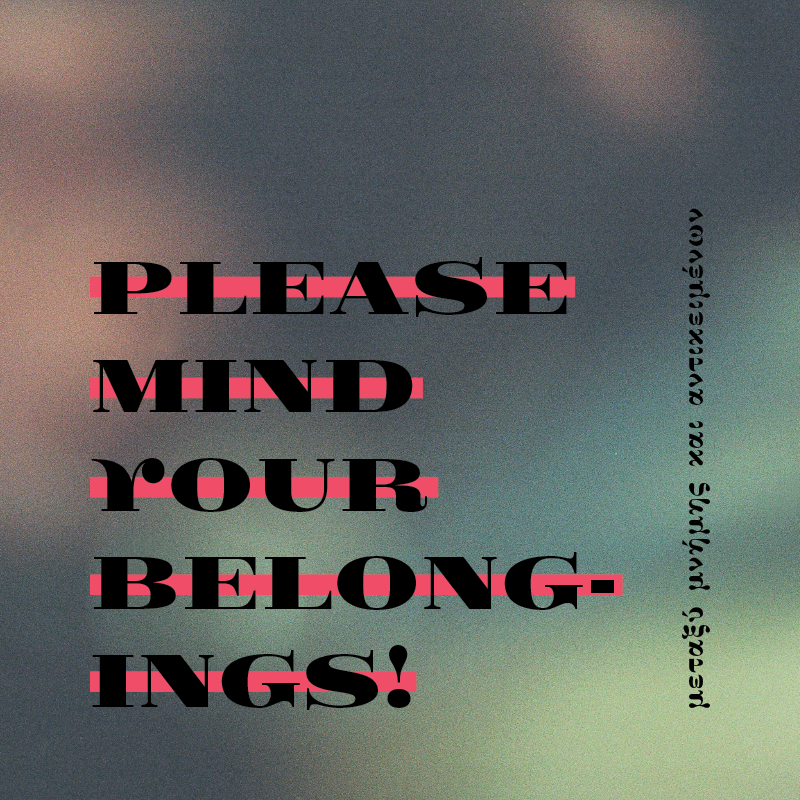

I don't remember. I forgot and I was forgotten. I mean, I know that I know, but it just doesn't come to my mind. I'm not sure if it has happened, I may have seen it in my dream last night. No, no, I'm not throwing that away. No way! I need it to remember. It was from the day that...
The present research mounts from all the above phrases that I use frequently and by my personal involvement with the terms they deal with. Its content is divided into two main parts, which derive from two main theoretical directions: memory and objects. An attempt is made to decode the mechanism of memory, the way in which it works and the role that objects have in it. Any action and choice we make determines and relies on our memories. Any object and thing we use can interpret who we are. I wonder, how do we answer questions like what am I without my memories or how am I defined without my objects? These two themes unfold at parallel speeds to meet and intersect in the end.
The first section is dedicated to memory. Starting from its epistemology and its scientific definition, we move on to a more philosophical analysis. It refers to the way it is connected to perception, the body, recollections, and the senses. It is categorized into individual, collective, and historical memory and the temporal and spatial context in which it is located is analyzed. Mistaken memory, imagination are approached, and an example of the associative process is given, in order to arrive at the concept of forgetting and a-mnesia.
The second section is dedicated to objects. Starting from material culture, we move on to the distinction between symbolic and mnemonic objects. In particular, we focus on evocative objects and on the liminal stage they place us in. We analyze the relationship between possession and property of objects and the way in which they are classified. The concepts of collection and archive are then highlighted. Finally, it is presented a model of the practice of collection, the Wunderkammer, and a model of the practice of the archive, the Atlas.
Supervisor: Gavrilou Evelyn
Reference Number: 1269
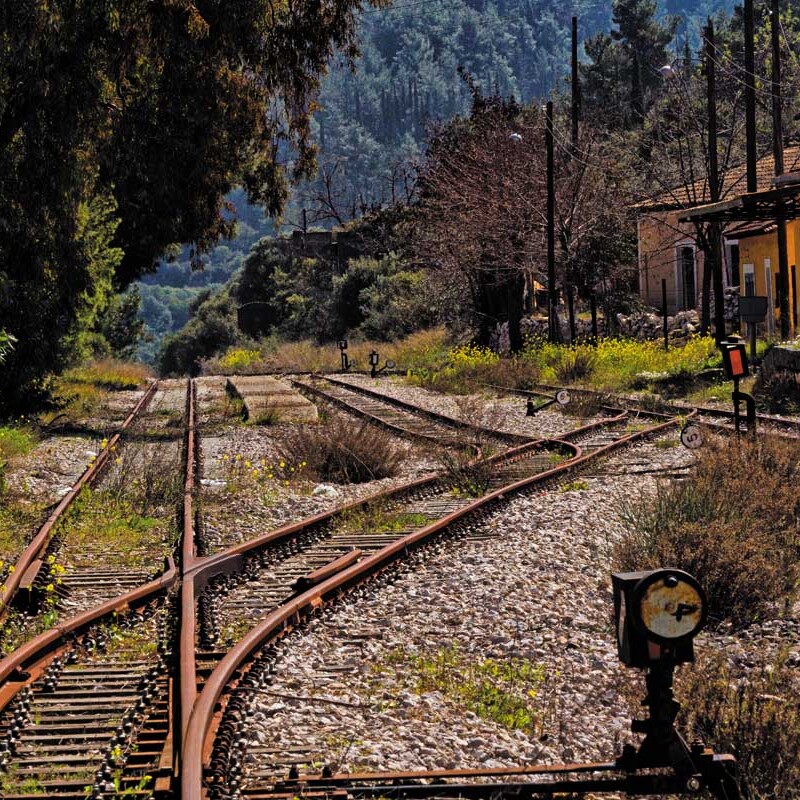

The research topic revolves around the study and analysis of the influence that railways have when they cross a city/region, on its general architectural and urban planning. More specifically, an imaginary axis formed by the old OSE railway station in Piraeus and following the old railway lines to the western side of Kifisos Avenue has been chosen as the study area.
In particular, in this research topic, a research will be carried out regarding the areas crossed by the lines as well as their history, the existing situation that prevails in the buildings/facilities around them, but also the land uses of the immediate environment and the surrounding area. Thus, an image of the current situation and the issues arising in these areas will be formed.
Then, using the above study and understanding the current image of these areas, a specific part of the research map will be selected, which will be analyzed in a larger area, but also a planning strategy will be followed, so that this area can be redesigned in such a way as to make the best possible use of the plots/facilities, solving the various issues that have arisen so far, by using a new layout plan.
Supervisor: Bobos Kostas
Reference Number: 1280
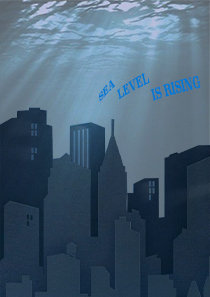

Regarding human activities, overexploitation of natural resources and continuous environmental pollution have been observed in recent years.
In recent years, it has been noted that many human-initiated activities are causing significant changes to the earth's surface and exacerbating climate change.
The research conducted in this study addresses sea level rise and is divided into two parts.
It focuses on the practices being implemented in coastal cities around the world to combat this phenomenon and explores all available natural and man-made conservation measures.
Particular emphasis is also placed on the definition of climate phenomena and their impact on urban structures.
The coastal cities studied (Venice, Rotterdam, New York, Miami, Jakarta, Dhaka, etc.) are most likely to be affected by sea level rise due to their low altitude, geographic location, and population size.
It's a fact the weight of buildings on Earth in relation to the climate crisis and extreme weather events occurring in these regions.
Isolating the examples by continent facilitates the analysis of the protective measures taken and allows us to compare and determine which measures had the more dramatic impact.
Finally, I would like to mention Greece, Greece is also facing rising sea levels in its coastal areas. This may be due to its geographical location and morphology.
However, no measures have been taken to address this phenomenon, and it appears that some coastlines may recede in the coming years.
Supervisor: Micocci Fabiano
Reference Number: 1270
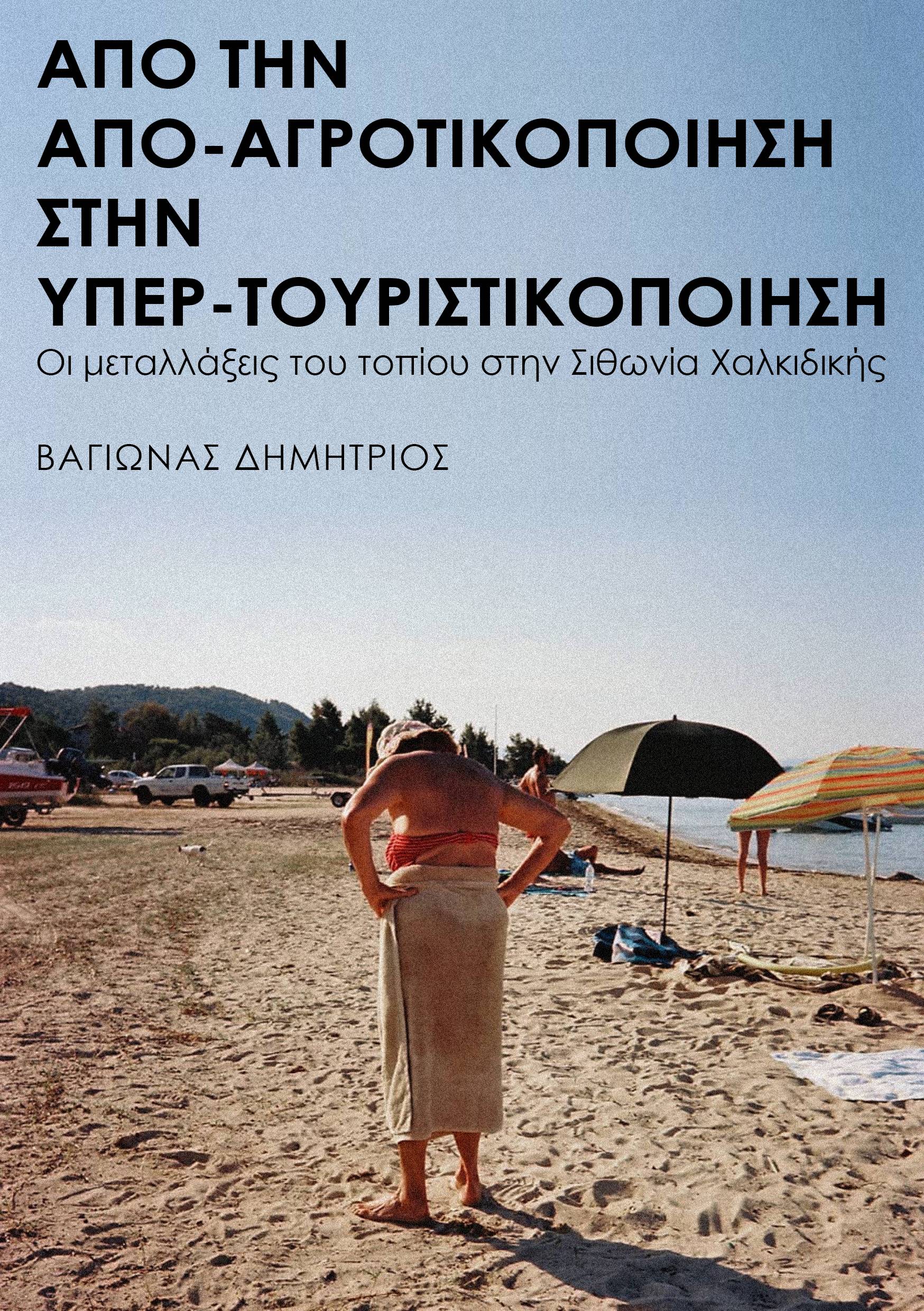

The research examines the spatial-social dynamics of tourism in the context of parallel processes of de-urbanization and hyper-tourism where local economies, social relations and their architectural and spatial expressions are defined and/or related exclusively to tourism. The area of analysis is Sithonia Halkidiki and more specifically Vourvourou, where within a few decades intense changes in the landscape, in the relations of the local population with the land and in the architectural typology have been observed. The paper traces these changes from the 70’s and 80’s when mainly Germans, Austrians and Italians were the first visitors to the area until today when the area is now living and breathing on the basis of tourism with a developed tourism industry, able to accommodate and serve thousands of people every summer coming mainly from neighbouring Balkan countries.The main tools of analysis are the creation and study of maps, the historical record of the shift from agriculture to tourism through personal testimonies, family records, and field observation, as well as the critical analysis of the ways in which architecture has contributed to the general transformation of rural settlements into tourist destinations: from rooms for rent to large ‘all-inclusive’ hotels. The main question of the research paper is how a place is structurally affected when a one-dimensional form of economy dominates it not through external imposition but through an organic development and internal dynamics of its societies.
Supervisor: Phokaides Petros
Reference Number: 1258
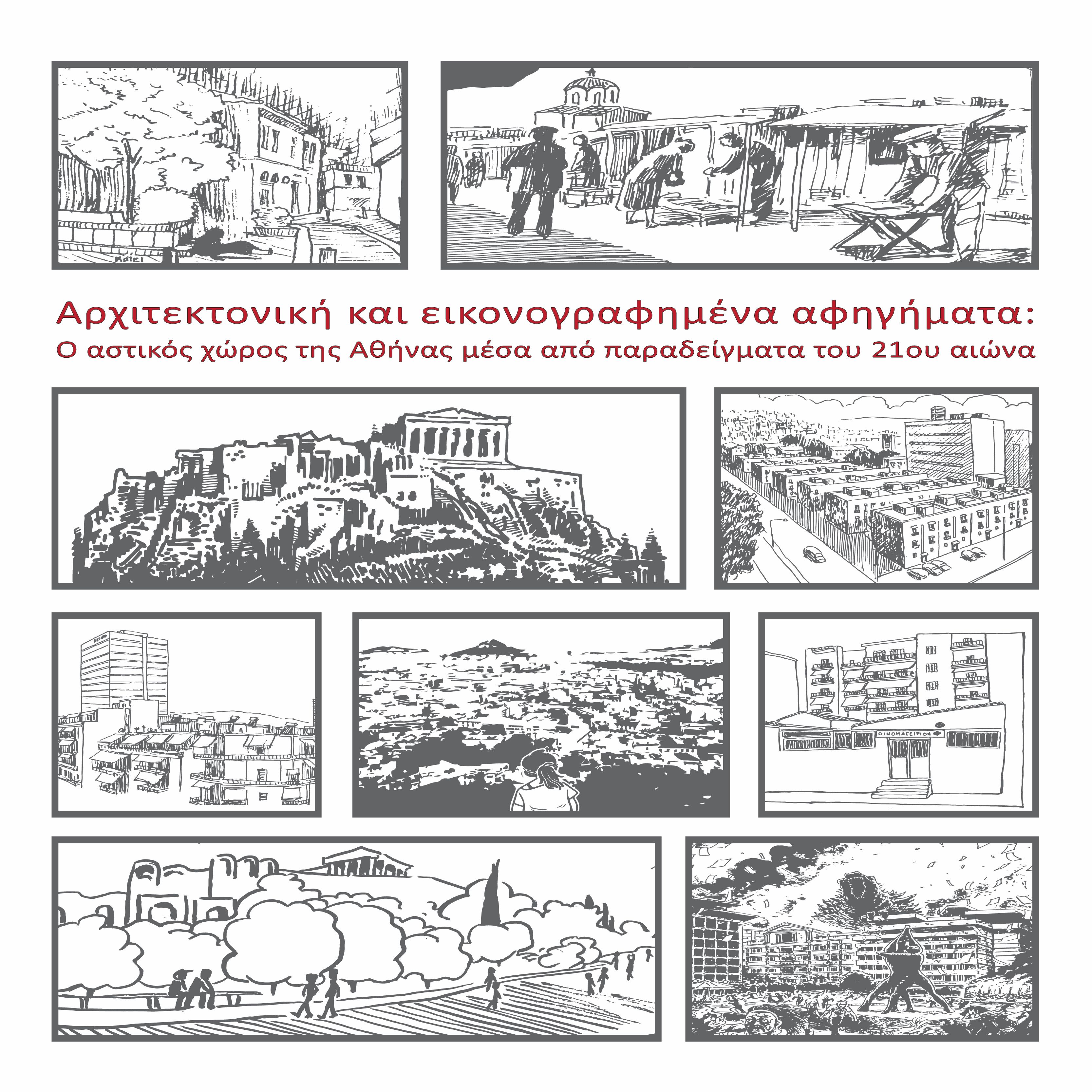

In this research study, the dynamic relationship between architecture and comics is examined, with a focus on their interaction during the design process. The study is focused in the 21st century in Athens. Initially, a literature review is conducted to define and approach the public urban space, with special reference to the urban space of Athens. Then, relevant sources are selected and gathered to study the characteristics and design methods in comics, including a historical overview of these as means of visual communication. The analysis then moves to exploring and understanding 10 Greek comics from the last 20 years. These comics and graphic novels by 21st -century Greek creators offer rich case studies where the spatial context directly or indirectly influences the narrative and character development, with architecture particularly included into the storyline. The collected data is organized into logical sections for effective categorization. The study examines the representation of architectural space within the comics and analyzes the role of image as a means of expression and communication in both comics and architecture. Conclusively, the research draws insights into the indirect and direct ways spatial context are used in storytelling, aiming to demonstrate that architecture is a significant tool in comic narration.
Supervisor: Manolidis Kostas
Reference Number: 1266

